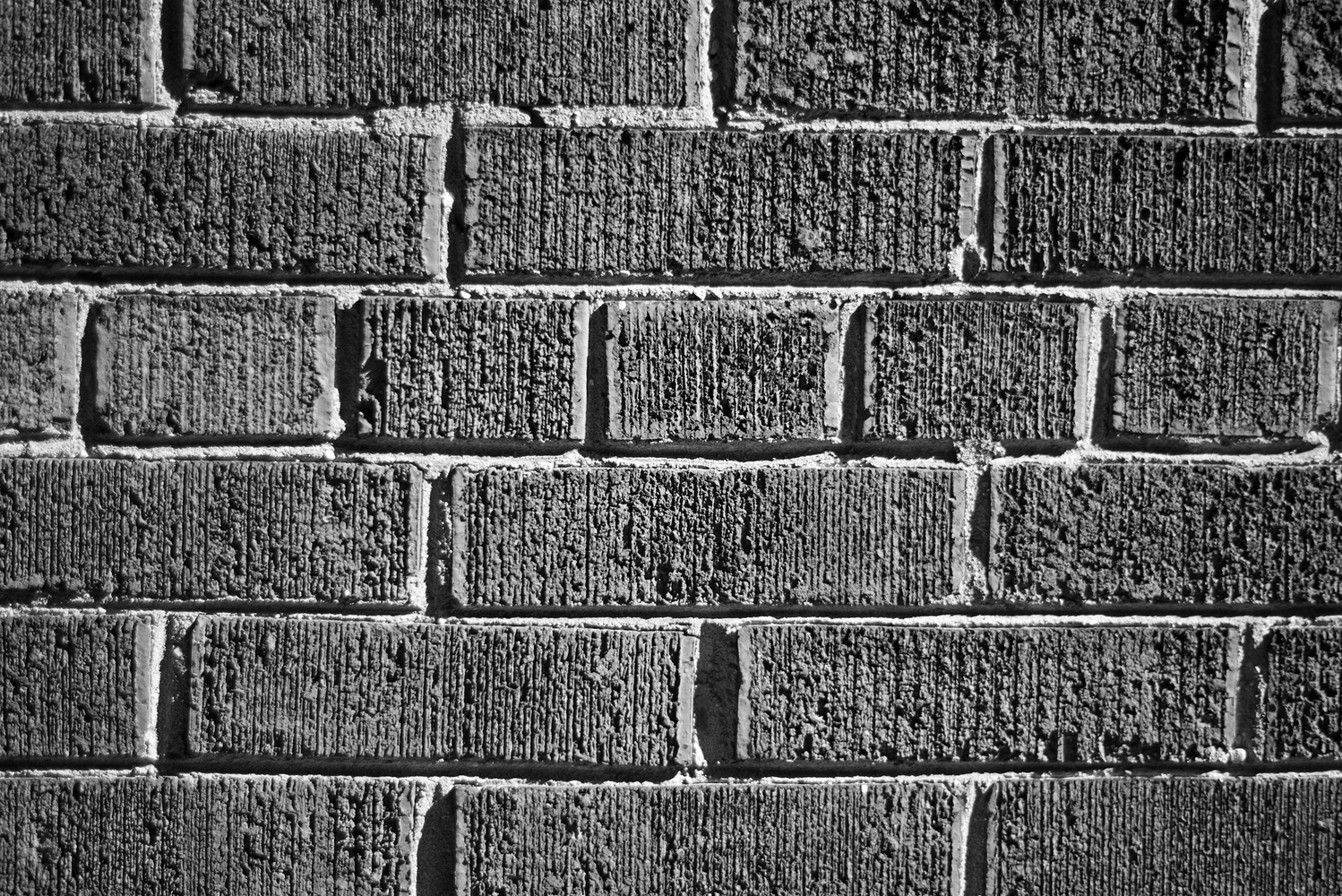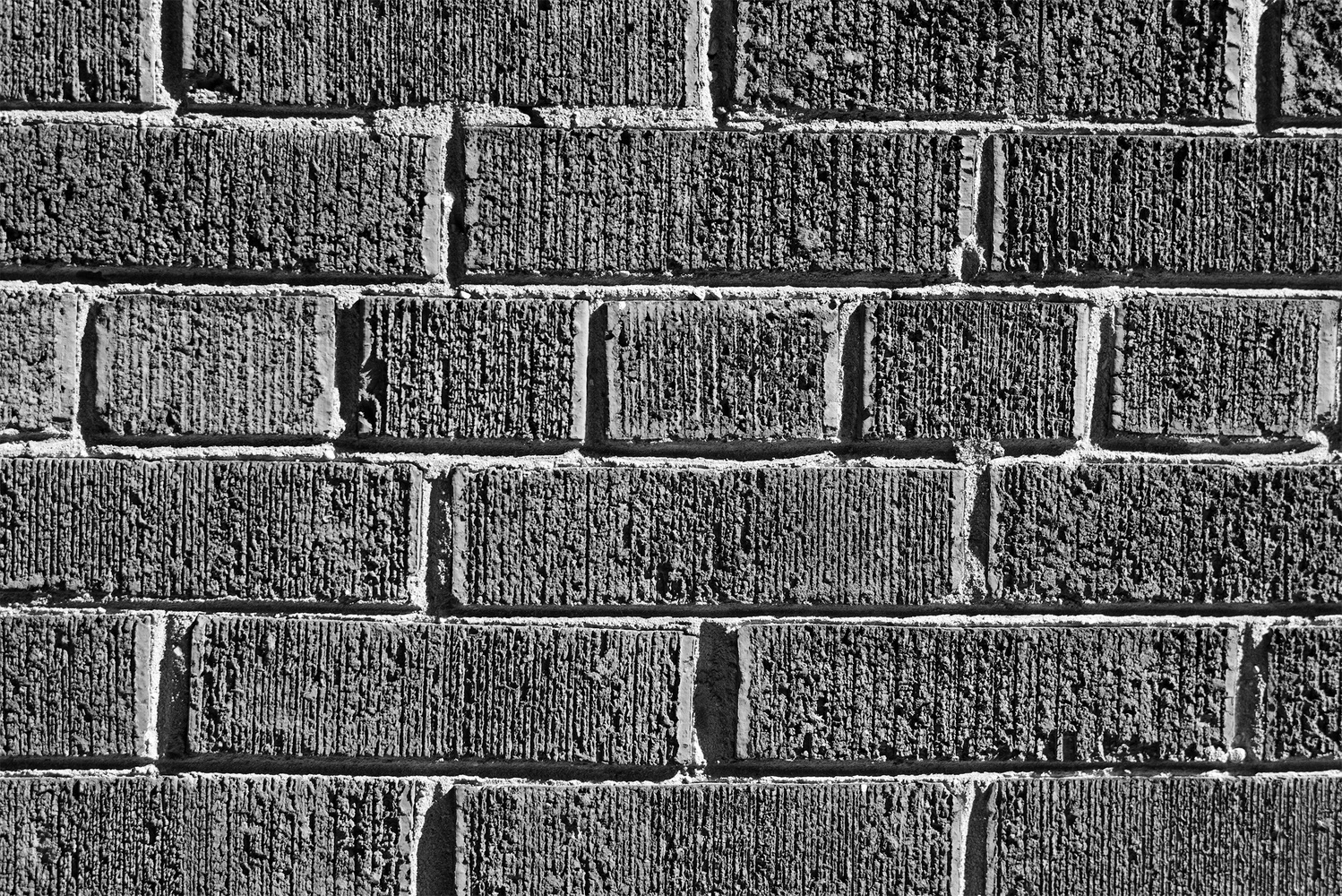The Zenitar 85mm f/1.4 is designed to be a more modern lens with a hint of Zenit's vintage bokeh style.
For those familiar with the Zenit name, you probably associate it with the painterly swirly bokeh that is the primary characteristic of their Helios lenses. The Zenitar 85mm f/1.4 is meant to bring their style into a lens design that offers better sharpness than their more exotic specialist bokeh machines.
Style
Zenit lenses are renowned for their character, and like many of its cousins, the Zenitar 85mm f/1.4 delivers on this promise. While it doesn't bring with it the more radical effect that Helios lenses offer, the Helios 85mm f/1.4 has a beautiful softness to it coupled with sharpness where most important. The contrast is reasonable but not excessive, and it renders skin tones quite well. I have included a before/after below to compare the unedited image to its fully retouched compatriot.
Sharpness
The Zenitar 85mm f/1.4 is a mostly sharp lens that is very usable wide open and quickly transitions to extreme sharpness by f/2.0. The corners are somewhat soft at f/1.4 and become critically sharp around f/2.8. The Zenitar 85mm f/1.4 is more than capable of creating high-quality images at all apertures so long as the photographer is mindful of framing at when shooting wide open to maximize sharpness. The samples below represent full-size crops of the center and corner of the frame, respectively. No post-processing was applied to either other than a grayscale conversion with default settings. It is important to emphasize that these 100% crops are meant to showcase critical sharpness. The center sharpness sample images are also used farther below in the vignetting example if you would like an example of how the sharpness translates in the context of the entire image.
Vignetting
As is typical with many wide aperture lenses, the Zenitar 85mm f/1.4 exhibits noticeable vignetting when used at f/1.4. The vignetting completely disappears by f/2.0. The example below compares the vignetting at f/1.4 to f/2.0.
Bokeh
For most users, the bokeh created by the Zenitar 85mm f/1.4 will remain a high priority in potentially choosing it over other 85mm lenses on the market. In this regard, the Zenitar 85mm f/1.4 delivers quite admirably. The bokeh created by the Zenitar 85mm f/1.4 is pleasing and smooth while exhibiting a subtle hint of swirling.
An example comparing the Zenitar 85mm f/1.4 (left) with the Zenit Helios 85mm f/1.5 (right) can be found below. Both images were taken at the widest aperture available to the lens with identical camera settings. The Helios is slightly darker due to only being able to open to f/1.5. The Zenitar 85mm f/1.4 has noticeably less distinct spherical aberration and does a better job of blending the background smoothly. It also displays much less vignetting than its older cousin. The Zenitar 85mm f/1.4 is also quite obviously sharper than its vintage cousin, which is most noticeable in the sparkling eyes of our furry friend. Neither image has been edited other than a raw conversion with default settings and white balance correction.
One other minor note that I'd like to point out that this is a backlit situation caused by bright sun passing through greenery. Many lenses would be highly prone to chromatic aberration (cyan and/or magenta fringing) when shooting under similar conditions. The Zenitar 85mm f/1.4 handles chromatic aberration well, and I wasn't able to produce any noticeable fringing under any conditions that I tested.
Build Quality
As is fairly typical of every lens Zenit creates, the Zenitar 85mm f/1.4 enjoys a rugged, metal build quality that feels solid to the touch. Both the aperture and focus rings are smooth and pleasant to use. The only complaint I had was that the tactile "click" from one aperture position to the next is subtle and easy to miss while adjusting quickly.

Value
One of the Zenitar 85mm f/1.4's strengths is that it offers excellent image quality out of a fast 85mm lens at a modest price of $459.95. Even though it is a fully manual lens, the Zenitar 85mm f/1.4 punches well above its weight in terms of cost to image quality ratio. The Zenitar 85mm f/1.4 is a contender for anyone on a budget who wants to work with fast glass.
Availability and Mount Options
The Zenitar 85mm f/1.4 is available in the Nikon F and Canon EF mount. The Zenitar 85mm f/1.4 is designed to be used on either full-frame or crop sensor (APS-C) bodies and is available at Zenit's online store. Thanks to no need for an electronic connection to the camera, the Zenit 85mm f/1.4 can also be cheaply adapted to most other mounts on the market.

What I Liked
- Good sharpness.
- Excellent build quality.
- Gorgeous bokeh.
- Beautiful rendering.
- Excellent chromatic aberration management.
- Well priced.
What I Didn't Like
- Corners are soft at f/1.4.
- The aperture ring could have a more tactile "click."
Bottom Line
Like any fully manual lens, the onus is on the photographer to learn how to effectively make use of the Zenitar 85mm f/1.4 without the help of autofocus or electronically adjusted aperture. If you struggle to accurately manually focus with an extremely narrow depth of field, you likely will not be happy with any manual focus prime. If you are looking for a lens capable of excellent image quality at a low price and don't mind the burden of a fully manual lens, you will undoubtedly be delighted using the Zenitar 85mm f/1.4.














I'm a little perplexed as to why you "didn't like" the soft corners. All the images you posted are supposed to be out of focus and soft at 1.4 since it is primarily a portrait lens. The only genre I can see sharp corners being relevant with this lens is astro, but nobody will buy this lens for astro. Nobody will buy this lens for landscape and use it at 1.4 either. So there's no reason to get caught up in soft corners at F/1.4 on a portrait lens.
This is why I still gave the lens such a positive review but I feel it is important to still provide an honest analysis of the lense's weaknesses so that readers can decide for themselves if the lens is suitable for them.
Side note, soft corners can become relevant in portrait photography. The sample images above are composed in a way that it isn't a big deal but there are situations where you may want to compose the shot with your subject's face near the top of the frame.
In my opinion, it is always relevant to understand all of the strengths and weaknesses that a lens has so that you can shoot with it in a way to maximize the strengths and minimize the weaknesses.
Finally, even though I reviewed the lens as a portrait photographer, not everyone who reads this review is a portrait photographer.
Well then...i suppose we'll just disagree. This is basically a portrait lens. As I said, nobody would buy it for anything else other than portraiture. Sure, you can use it for Nascar and Macro if you really wanted to, but c'mon...
I'll stand by my statement, that corners are irrelevant when shooting wide open. I've never seen a good portrait with the subject situated on the corner of the image.
At this point, i'm just arguing because I'm bored. Carry on. LOL.
Thanks for the in-depth perspective on this lens! It's especially helpful to learn about the character- even compared to the bokeh of the Helios 1.5. Just curious from your perspective, what lens hood do you recommend, since it doesn't come with one?
Personally I rarely use one. I actually usually shoot with a variable NDR on the front so that I can adjust exposure without having to adjust ISO, Aperture, or Shutter Speed (to a degree).
Thank you for this balanced and thoughtful review of this interesting lens. Your photos look great. As for the discussion regarding the importance of corner sharpness, I appreciate your pointing out the fall off in sharpness in corners wide-open -- any reader can decide how important that issue is for them. For those who like to compose their portraits with their subject off to one side, corner sharpness can become important.
I finally decided to purchase this lens. I have several vintage Jupiter, Helios and Industrar lenses. This lens is far better made, has better focusing and aperture controls. It performs nicely. The Bokeh in the photos seem to be coordinated with the flow of the photo as opposed to being arbitrarily applied.
It is a heavier lens with excellent build quality and sharpness.